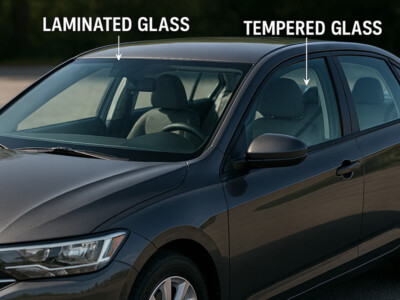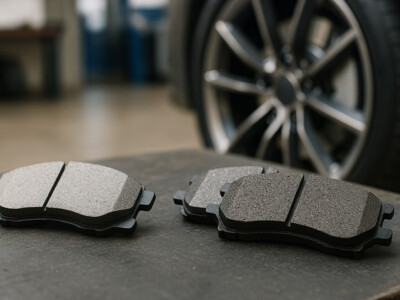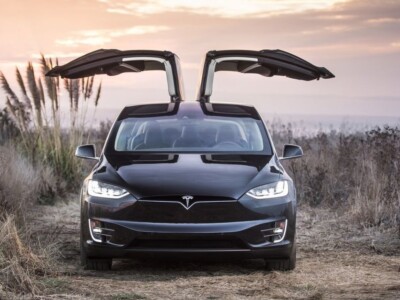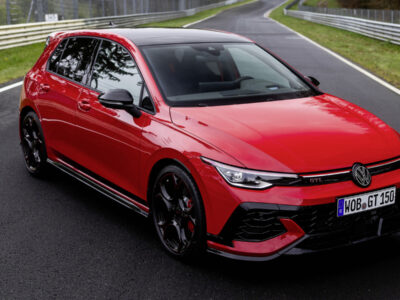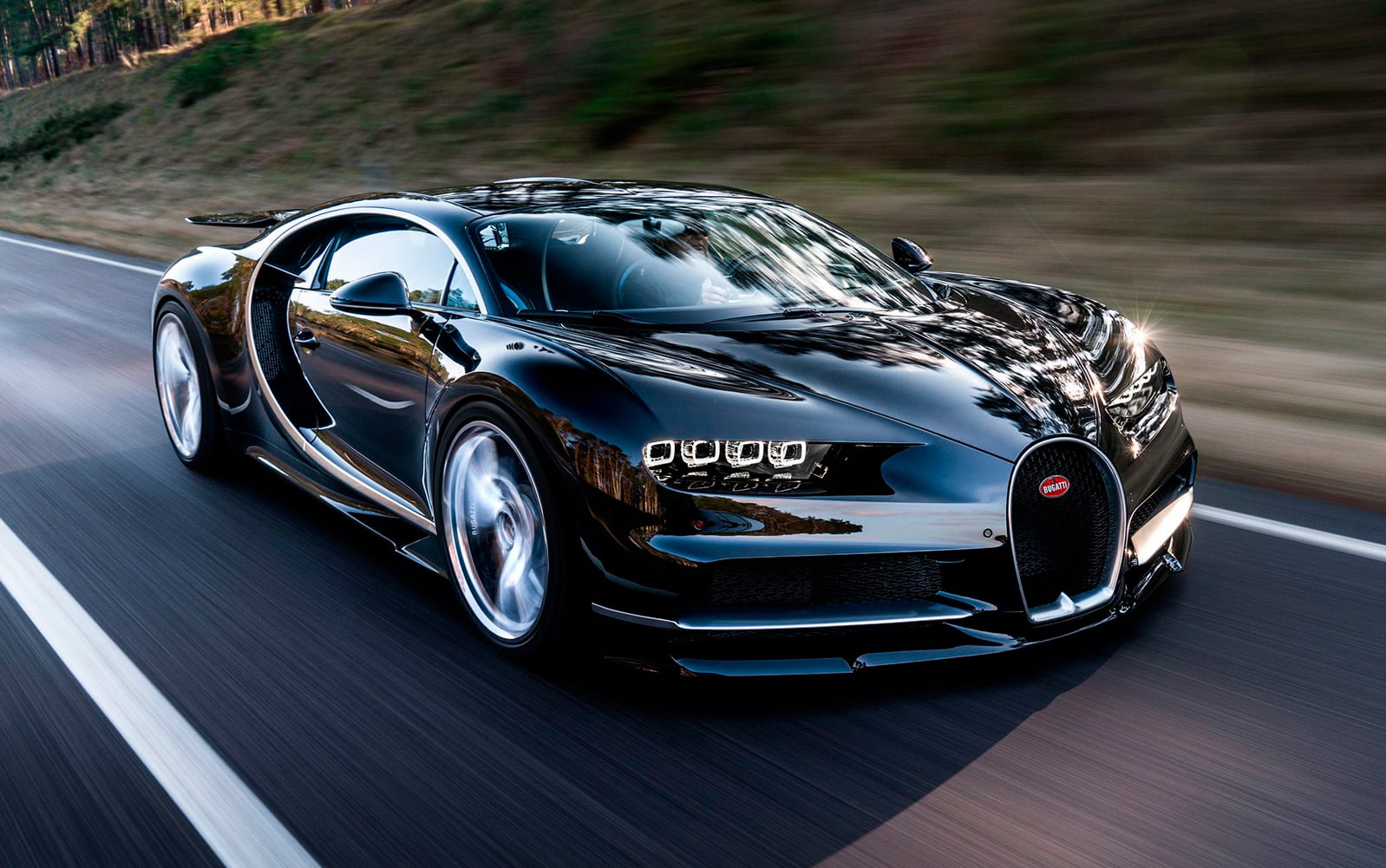
The luxury car market in the Dominican Republic is experiencing growth, with prestigious brands such as Alfa Romeo, Aston Martin, Rover, Bentley, Ferrari, Lamborghini, Land Rover, Rolls-Royce, and McLaren making a prominent presence on the country’s streets.
Despite more than 42.7% of the vehicles currently in circulation in the Dominican Republic (approximately 2.1 million) being from before the year 2000, luxury models are making a significant impact and standing out on the roads.
In general, the market for luxury cars in the Dominican Republic saw a surge in sales in 2021. Automotive firms like Bentley, Ferrari, Mercedes-Benz, Audi, and BMW achieved record sales figures, surpassing pre-pandemic levels.
Between January 2021 and the same month in 2022, the Dominican vehicle fleet grew by 6.9%, from 4.8 million units to 5.1 million vehicles, including approximately 332,745 new units. Motorcycles represented 55.8% of the total vehicles, with around 2.9 million registrations. However, data on luxury vehicles registered with the General Directorate of Internal Taxes (DGII) is only available until December 31, 2020, showing that 72,536 luxury vehicles had been registered by that year.
The DGII has records of 14,530 vehicles from luxury brands such as Alfa Romeo, Aston Martin, Austin, Rover, Bentley, Citroen, Ferrari, Lada, Lamborghini, Lancia, Land Rover, Lotus, Mini Cooper, Rolls Royce, Saab, Seat, and Volvo. Brands like Cadillac, Jeep, Lincoln, Mercury, Pontiac, and Sion accounted for around 10,728 registered vehicles.
Additional registrations include Mercedes-Benz (14,030), Volkswagen (20,691), Jaguar (760), Porsche (1,030), Lexus (2,483), and BMW (8,284).
Hugo Bellas, the executive director of the Transport Cabinet, emphasized that while the quantity of luxury cars may not be extremely high, they play an important role in market share. He noted that, unlike many other countries, the Dominican Republic has consistently held a significant share in the luxury car market, with around 15-18% of the fleet considered luxury or premium.
Bellas highlighted that, culturally, Dominicans have viewed cars as indicators of economic and social status, which contributes to the considerable participation of luxury cars in the market.
It’s important to note that not all expensive vehicles are considered luxury. Yasser González, director and owner of Cleaner Studio, with over 15 years of experience in the sector and a representative of major high-end brands in the country, explained that factors such as brand history, origin, reputation, and materials used in manufacturing contribute to a vehicle being considered premium.
González mentioned that the Dominican Republic sees a significant number of exotic cars such as Lamborghini, Ferrari, and McLaren. Despite its smaller population compared to other countries, the Dominican Republic sells more luxury cars, including popular models from German manufacturer Mercedes-Benz, with Audi and Ferrari also having a substantial market share. He noted that while there is a significant female population demanding these premium models, men are the primary buyers.
Luxury Vehicles and Celebrities
In the Dominican Republic, numerous artists proudly display their expensive cars, with some amassing entire collections. Recently, urban music artist El Alfa made headlines by acquiring a Bugatti Chiron Sport priced at USD$3.2 million. Dembow artist Chimbala owns a McLaren 570s with an approximate value of US$200,000.
Even baseball players like Robinson Canó and David Ortiz own supercars valued at over a million dollars.
However, it’s not just artists and athletes turning heads with their extravagant vehicles; lawmakers also attract attention with their ostentatious cars. Leveraging Law 57-96 on Exemptions, legislators can import two luxury models tax-free each year. In the version preceding the law, there was a limit of USD$18,000. Some lawmakers use this privilege to allow dealerships to bring in luxury brands without paying taxes to the state.


